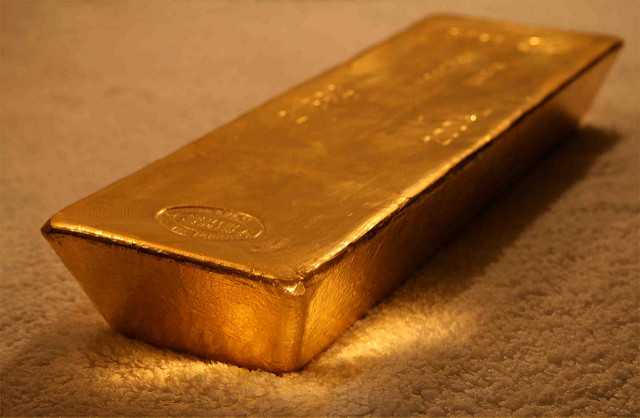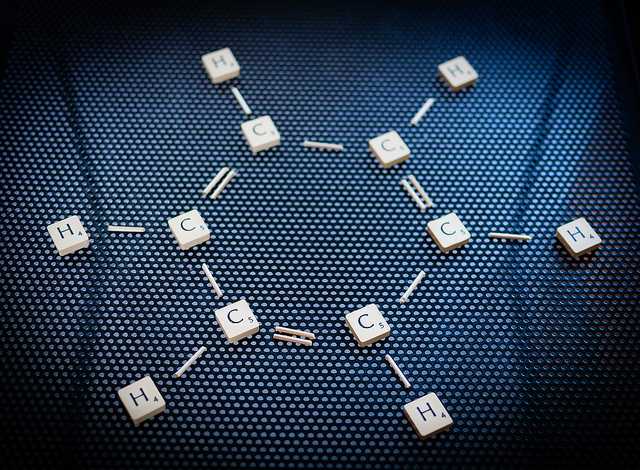
Gold has been revered for as long as civilizations have been able to admire this precious metal’s unique properties in almost all human cultures. Gold conducts electricity, doesn’t tarnish, is extremely malleable, is easy to work into wires or sheets, and alloys well with other metals. Additionally, gold is unrivaled in its glossy shine and natural brilliant luster. Due to its unique properties, this metal makes its ways into almost every sphere of modern life in some form, shape or way. Here are common uses of gold in today’s world.
Jewelry
For thousands of years, gold has been used to make jewelry and ornamental objects. Gold nuggets found in a stream were probably one of the first metals used by people and are very easy to work. However, today, most of the gold which is recycled or newly mined is used in the manufacture of jewelry. More than 80% of the gold consumed every year is used in the manufacture of jewelry. Gold’s special properties make it great for manufacturing jewelry. These properties include desirable yellow color, ability to be drawn into wires, cast into shapes or hammered into sheets, very high luster, and tarnish resistance. Tradition is another important factor which demands the use of this metal as jewelry. It is expected that important objects are made from gold.
Coinage, bullion, backing
Gold has long been used as a medium of exchange or money, due to its high value and very limited supply. Early transactions were done using pieces of silver or pieces of gold. The usefulness, rarity and desirability of gold make it a substance of long term value. Because it is durable, has a high value, is portable and easily divisible, gold works well for this purpose.
Uses in electronics
The manufacture of electronics is the most important industrial use of gold. Solid state electronic devices use very low currents and voltages which are easily interrupted by tarnish or corrosion at the contact points. This metal is the highly efficient conductor that can remain free of corrosion and carry these tiny currents. Electronic components, which are made of gold, are very reliable. Gold is used in soldered joints, relay contacts, switch, connectors, connecting wires and connection strips.
Use in computers
This metal is used in a number of places in the standard laptop and desktop computer. The accurate and rapid transmission of digital information through these devices and from one component to another requires a reliable and efficient conductor. Gold does this better than any other metal. The high cost is justified by the importance of reliable performance and high quality.
Medical uses
This metal is used as a drug in order to treat a few small medical conditions. Injections of weak solutions of aurothioglucose or sodium aurothiomalate are sometimes used to treat rheumatoid arthritis. A radioactive gold isotope’s particles are implanted in tissues in order to serve as a radiation source in the treatment of some cancers. In order to treat Lagophthalmos, which is an inability of a person to close their eyes completely, small amounts of gold are used as a remedy. This is done by implanting small amounts of gold in the upper eyelid. The weight of the implanted gold helps the eyelid close fully with the force of gravity.
Uses in aerospace
Billions of dollars are spent on a vehicle that when launched will go on a voyage where the possibility of maintenance and repair is absolutely zero. Therefore, building it with extremely dependable materials is very important. This is the reason why gold is used in many ways in every space vehicle that NASA launches. This metal is used in circuitry because gold is a dependable connector and conductor. Additionally, a number of parts of each spacecraft are fitted with gold-coated polyester film. The film helps stabilize the temperature of the space vehicle by reflecting infrared radiation. Dark-colored parts of the space vehicle would absorb huge amounts of heat without this coating.
Future uses
It is too expensive to use gold by chance. Instead gold is used deliberately and only when less expensive substitutes can’t be identified. Therefore, when a use for gold is found, it’s rarely abandoned for another metal. As a result, the number of uses for this metal have been increasing over time. Most of the uses of gold today have been developed only during the last twenty or thirty years. It is estimated that this trend will continue. Our uses for gold will increase as our society requires more reliable and sophisticated materials. The combination of limited supply, few substitutes, and growing demand will cause the value and importance of this metal to increase steadily over time. Gold is truly a metal of the future.



